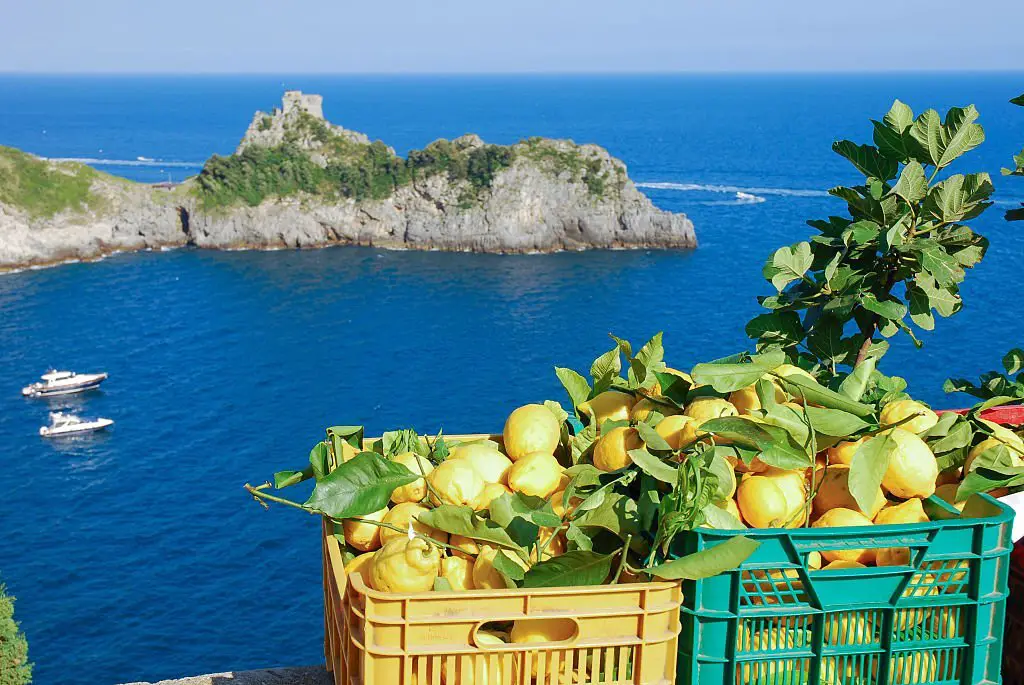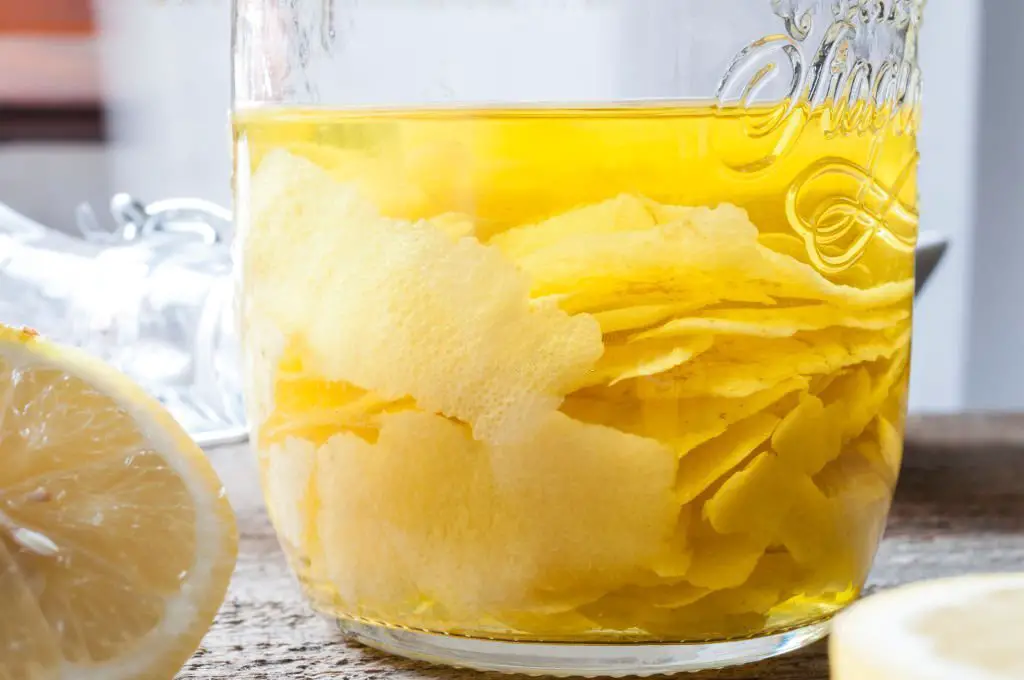Origins of Limoncello, World Famous Liquor
The history of limoncello starts from afar and most of it has been lost over the centuries.
Today limoncello is the king of Campanian liqueurs. Its color is yellow like the sun, bringing with it all the joy of the Sorrento and Amalfi coasts. With a sharp and sweetish taste, it is a very ancient digestive, even if it was almost unknown outside the regional borders until the 1980s.

Today it is famous worldwide, and every tourist visiting the marvelous coasts of Campania can enjoy a drop of this liqueur with a golden color and an antiquated history.
It is impossible to trace the history of limoncello because according to some it was born in Roman times, together with the development of lemon cultivation in the area.
Some legends place limoncello at the time of the Saracen invasions, long before the year 1000 and, according to some, we owe this drink to the peoples of the Arabian Peninsula, because they would have been the first to have cultivated lemons in Italy.
On the basis of written papers is that in the fourteenth century, there were already mentions of “limoncello” but the term was used in Sorrento to indicate common lemons, almost as if it were a term of endearment, given that the lemons of Sorrento are much larger than the “classic” ones.
In 1600 the “Accademia della Crusca” reports for the first time the term “Limoncello” with the meaning of drink: even Francesco Redi, an academic and writer, reports in his book “Bacchus in Tuscany” that “The citron water of limoncello is hostel“.
As often happens in these circumstances, history is very nebulous and full of suggestive hypotheses, in all likelihood the maceration of lemon peels could be a practice that has always been used and that needed modernity to be placed on the market.

In the 80s, partly due to the bright color so fashionable in those years, and partly due to the very low cost of preparation, Limoncello literally invaded the tables of taverns throughout Italy, and to this day the trattorias offer limoncello at the end of each meal.
That’s it for the history of limoncello, however, if your thirst for knowledge (pun intended) hasn’t been quenched yet, we also wrote some articles about Italian whine!


